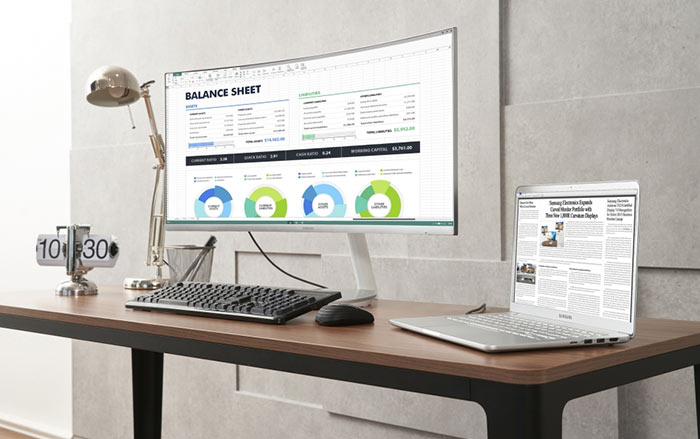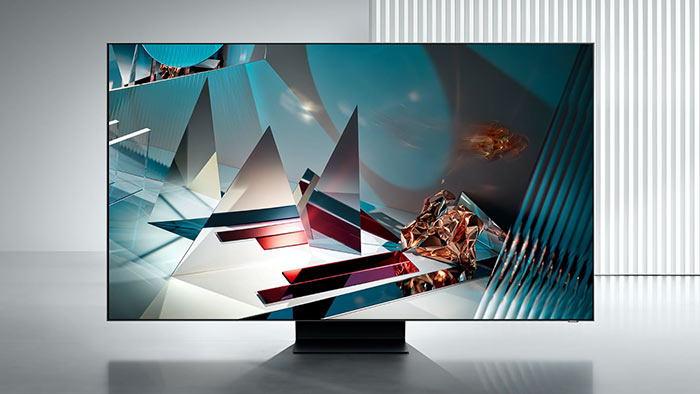Samsung, the world's largest producer of TVs, has given notice that it will exit the traditional liquid crystal display (LCD) market in order to concentrate on its quantum dot light-emitting diode (QD-LED) screens. The move has been prompted by pressures from both the lower end and higher end of the market. For example, Chinese manufacturers are outputting quantities of LCDs and are making Samsung's margins on these products disappear. At the other end of the market, Korean rival LG is betting its fortunes on rich, vivid organic LED (OLED) technology based screens.

"Samsung Display plans to suspend the operation of the firm's LCD plants both in South Korea and China until the end of this year," an insider told the Korea Times. With the closures Samsung will concentrate on new technologies like QD-LEDs, foldable OLEDs and QD-nano displays (QNED) said the source. Meanwhile, employees at LCD plants will be reassigned to QD-LED production, with the possibility of Samsung's China-based factories being sold off to local firms/regional government.
Samsung Display spokesman Y.W. Cho explained the plans in some more detail. Cho said that Samsung will prioritise large sized QD-LED display production next year. Furthermore, for the next generation of 'true QD-LED' screens it has rolling plans to invest up to 13 trillion won ($11 billion) by 2025 to build self-illuminating QD-LED panels - using QDs as light emitters.

Appealing features that QD-LED hopes to hold above its OLED competitors are panel longevity, and efficiency. Samsung asserts that QD tech can produce panels with lifetimes up to a million hours (that's 114 years).
If Samsung still requires conventional LCD panels to fill its ranges of TVs and monitors it is expected to source them from Chinese or Taiwanese suppliers until its QD-LED tech is competitive enough to make this practice not worthwhile. This probably means more orders for the likes of BOE, CSOT and Taiwan's Innolux - which are current partners for Samsung's mid-tier TVs.






